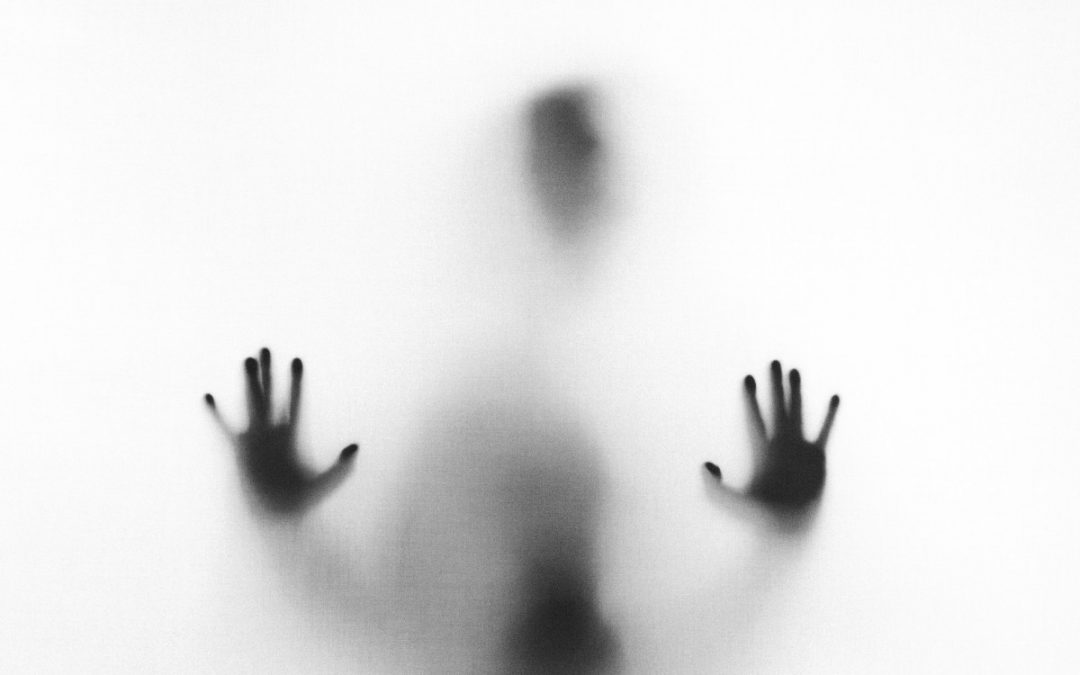Halloween is a celebration for kids who dress up in wild costumes and go lolly-hunting around the neighbourhood. It’s a great event that helps both adults and kids meet other people in their neighbourhood. But do you know where the tradition came from and why we celebrate it here in Australia?
Nicole Buckler fills us in.
The original Halloween has fascinating origins. Most people in Australia think that Halloween is an American tradition. But they are wrong! It is actually a Celtic, Irish tradition.
The Irish Connection
Halloween is the modern form of the Irish festival of Samhain. The name is derived from Old Irish, it means ‘summer’s end.’ It is the time of the final harvest. All crops must be brought in before they get annihilated by the approaching cold.
In old Irish culture, there are two halves of the year – the light half, and the dark half. The light half has long, warmer days, the sun doesn’t set until 11pm. The dark half is cold and the sun disappears at 4:30pm. Samhain, on October 31, is the original marker of the end of the light half, and the transition into the dark half. It is also regarded as the Celtic New Year.
On Samhain night, the border between this world and the Otherworld (where the dead reside) is at its thinnest. The dead can reach back through the veil that separates them from the living. Dead relatives are close to us at Samhain. You can invite your dead loved ones into your life on this night. It is an old Irish tradition to set a place at the table on Samhain night for anyone passed over who you may want to honour. Some Irish people still to this day set a place for relatives who have passed on.

Some set a place for pets. It is not unheard of to refill the dog’s bowl on Samhain night, long after a pet had passed. Honouring the dead is a great thing to do on Halloween night. It is a really meaningful way to talk to children about loved ones who have passed away.
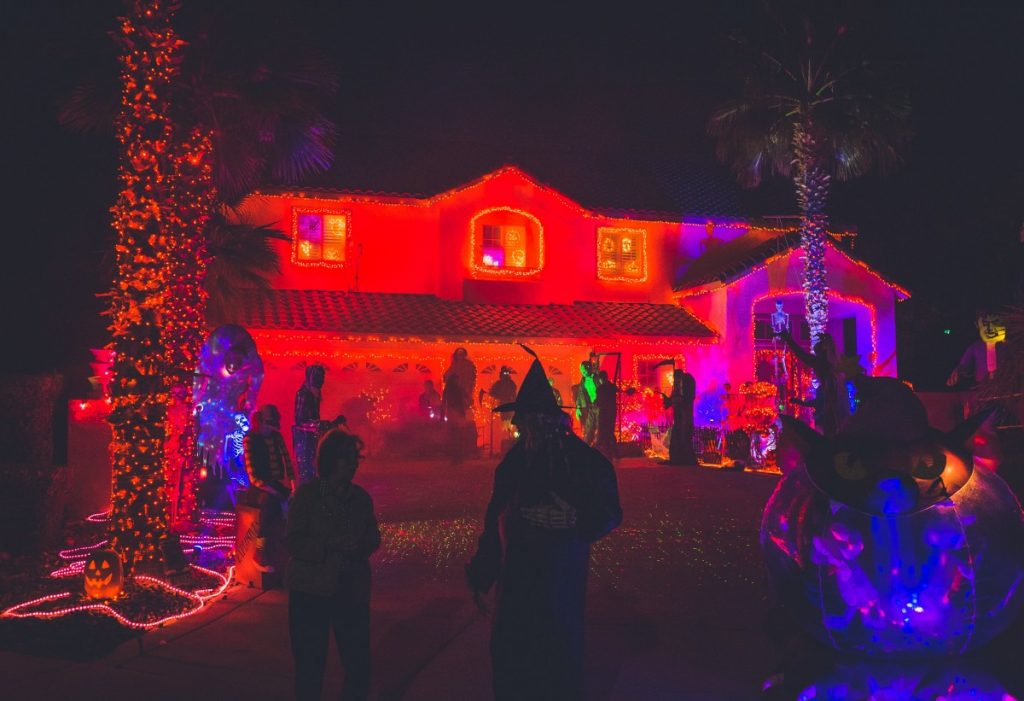
Halloween is becoming a big deal on the Gold Coast!
All Hallows
Celtic Ireland has had many ideological invaders, but the most influential was the Catholic Church. Once the church got a foothold in Ireland, they made deliberate efforts to take local Celtic rituals, and Catholicise them. Worried about the popularity of pagan Samhain, the church declared that a day of honouring of the dead would be put into the Christian calendar. This would take place on All Saints day, or All Hallows – on November the first. The Eve of All Hallows – Hallow Eve – soon became ‘Halloween.’
The church successfully transposed themselves over many Celtic traditions. But they didn’t win them all. Some Irish celebrations remained doggedly Celtic, and Samhain is one of them. These days in Ireland, there is a revival of Celtic traditions as the church falls out of favour. Halloween is being called Samhain once again.
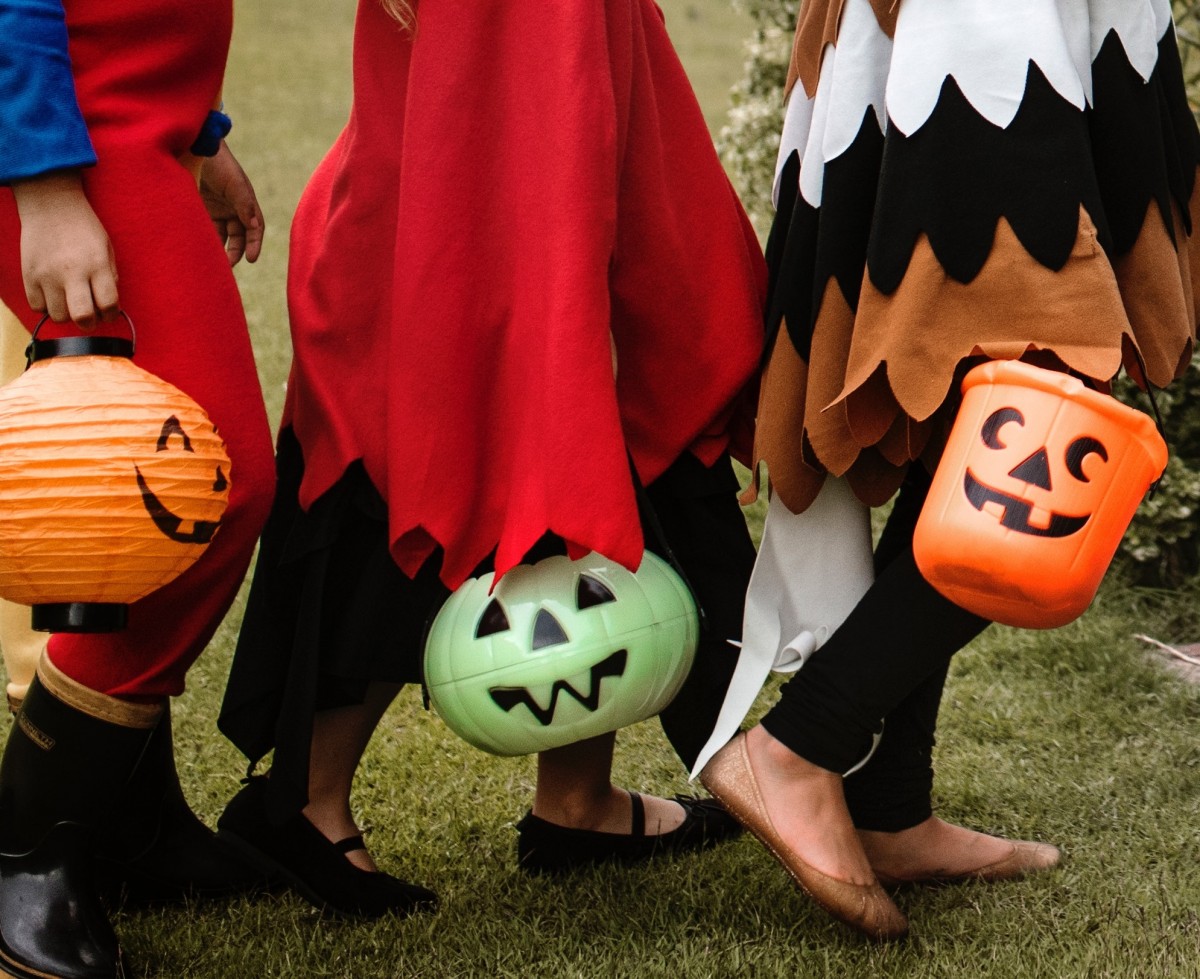
Halloween is such a fun night for kids, it is now a global event.
America and Australia
During the Irish famine, many Irish people fled to foreign shores, and brought their traditions with them. North America took in many Irish people during this time, and the Irish also ended up in Australia in large numbers. Americans go large with all of their celebrations, so Halloween got way, way extra in the hands of Americans. But that’s what we like about those crazy compadres of ours over the Pacific.
Why We Dress Up
In Ireland, Samhain can be a scary time. As the gateway between worlds becoming thinner, we can reconnect with our dead loved ones, but the veil isn’t perfect. Bad spirits who want to make trouble in your life can also enter at this time. Bad faeries, leprechauns, pixies, elves and even one-eyed monsters can freely enter our world on Samhain night. In fact, the entire spectrum of non-human forces could roam the earth on October 31.
Coincidentally, magic mushrooms come into season at Samhain. There are two magic mushrooms that grow in Ireland – the liberty cap and the fly agaric. They look really different to each other, but both produce visions of faeries and leprechauns, plus a variety of Otherworld creatures that appear in old Samhain legend. In just about every vintage picture of faeries or elves, there is a picture of a mushroom in it.
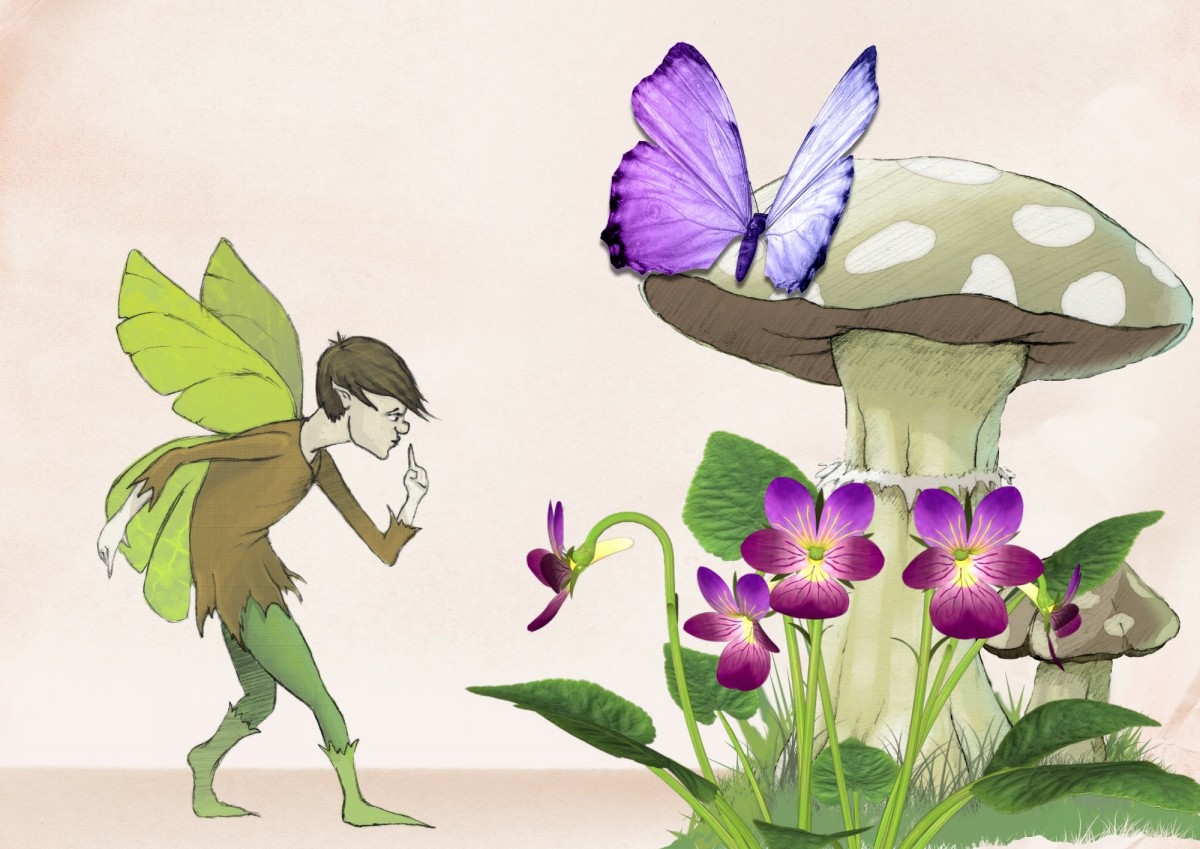
Visions of faeries are so strongly associated with mushrooms that the Irish Gaelic slang words for faeries and mushrooms is the same: pookies. A magic mushroom trip has always been said to make the user “go away with the faeries.” Or someone could be “off with the pixies.” And now you know why.
The Irish Celts consumed magic mushrooms at the end of the light half, and they started seeing scary, otherworldly beings. This made the Irish fearful of bad spirits, and they started wearing creepy outfits to scare them away. So there you have it. This is why we dress up when the veil between worlds becomes thin.
In medieval Ireland, Samhain was the principal festival, celebrated with a great assembly at the royal court in Tara, lasting for three days. A bonfire was set alight on the Hill of Tara, which served as a beacon, signalling to people gathered atop hills all across Ireland to light their ritual bonfires. The custom has survived to some extent, and in recent years, some of the old traditions have come back to life.
The Pumpkin Tradition
During Samhain, large turnips were hollowed out, carved with scary faces and placed in windows to ward off evil spirits. As the Irish emigrated into America, their traditions were transmitted to the established population, and blended with American traditions. In North America pumpkins were both readily available and much larger – and easier to carve than turnips. So pumpkins became the star of the show, and the turnips were ditched.
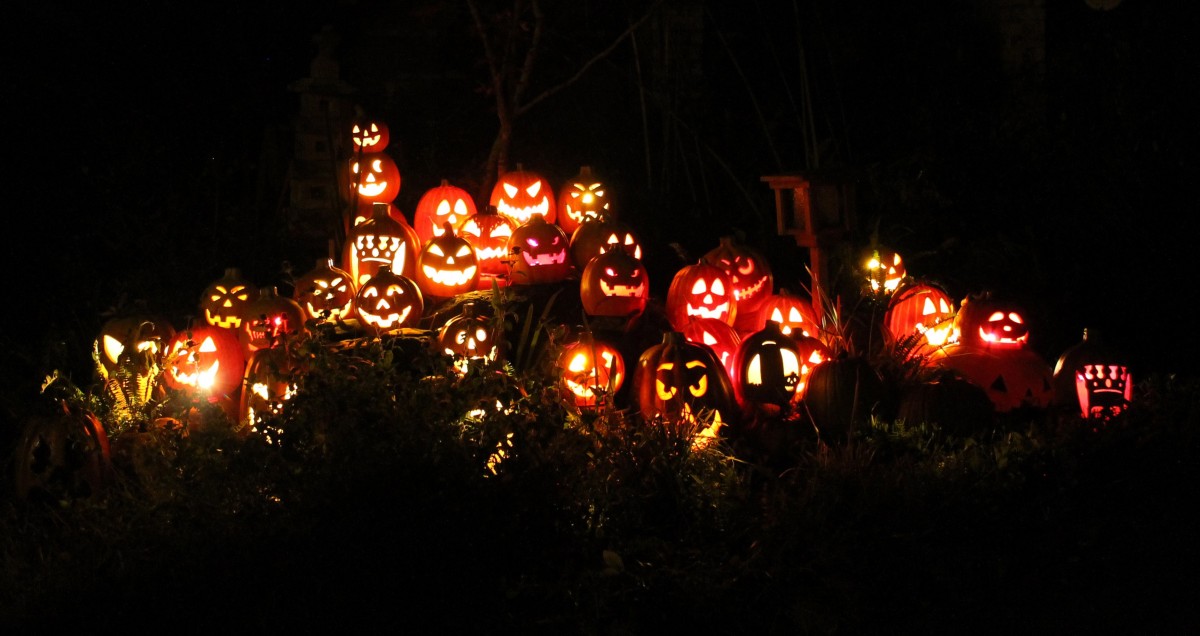
So next time Halloween comes around, you’ll know where the traditions came from. Now it is a worldwide festival, so it must be worth celebrating! Happy Halloween, Gold Coasters!
Interested in Irish history? Then check this out.

Editor for Silver Magazine Gold Coast
